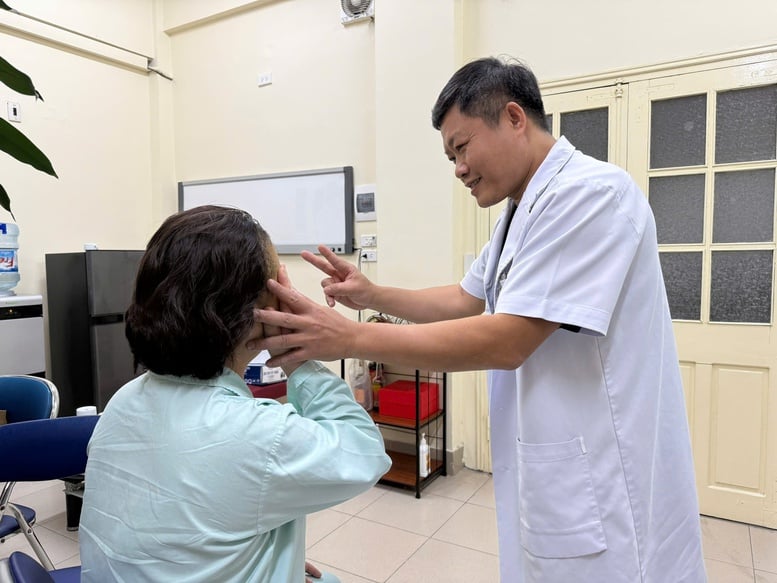
The patient returned for a check-up 2 weeks after surgery with significantly improved health - Photo: VGP/HM
From a doctor's concerns… to a successful case
Recently, doctors at Viet Duc Friendship Hospital performed a combined surgical method of endoscopic nasal surgery and microsurgical craniotomy for a 55-year-old female patient in Hanoi . Before that, the patient had poor eyesight and leg pain for a long time.
When examined, the patient was found to have a giant cell pituitary tumor, the left eye was blind, had no light reflex, the right eye could see 3/10. The patient had 2 surgeries in 2021 and 2023, although the eye could see a little clearer, the disease recurred many times.
Two weeks ago, the patient was scheduled for surgery combining two surgical techniques: endoscopic nasal surgery and microsurgical craniotomy at Viet Duc Friendship Hospital.
Sharing with reporters, the patient said that her surgical wound dried faster, did not leak, her awareness was also better and faster than previous surgeries, especially her vision had improved significantly, and her legs no longer hurt.
Speaking to reporters, Dr. Nguyen Duy Tuyen, Head of the Department of Neurosurgery 2, Viet Duc Friendship Hospital, said that previously, this patient had been operated on twice with two single techniques, that is, either endoscopic or open craniectomy. However, in cases of giant pituitary cell tumors, when applying one of these two single techniques, the patient often relapses and has to undergo surgery again.
"This patient is just one of many patients with giant pituitary adenomas that have relapsed many times. Therefore, we are always wondering how to minimize the patient's relapse. By April 2025, for the first time, we successfully combined these two techniques at the same time to treat a patient who also had giant pituitary adenomas, causing severe visual impairment," shared Dr. Nguyen Duy Tuyen.
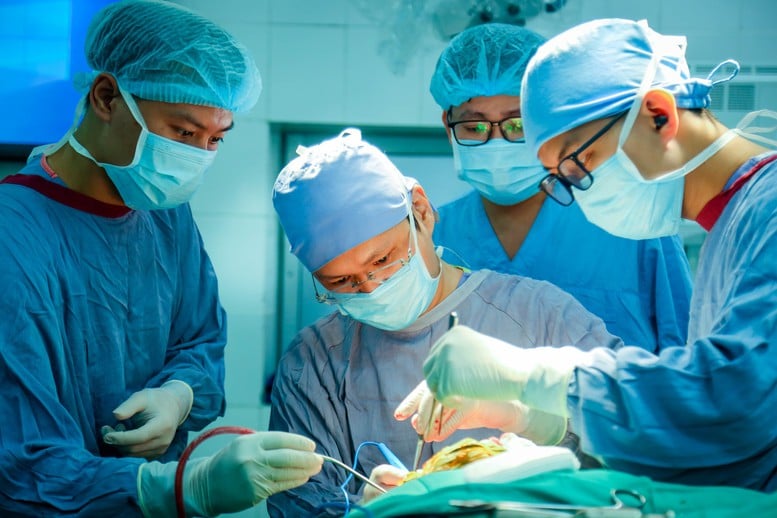
Combining two "major surgeries" at the same time to minimize complications for patients - Photo: VGP/GM
Simultaneous combination of "2 major surgeries"
According to Dr. Nguyen Duy Tuyen, the method of combining these two techniques has been implemented in the world for more than ten years. A comparative study with control in China in April 2024 - a country with a large number of patients using this method - showed that, out of a total of 647 patients with pituitary tumors, 41 patients chose to combine the two techniques (nasal endoscopy and open craniectomy). The remaining patients were treated with only one of the two techniques, either nasal endoscopy or open craniectomy.
Patients who used the combination of endoscopic surgery through the nose (through the sphenoid sinus) and microsurgical craniotomy recovered quickly, had fewer complications, and had significantly improved vision. Specifically, the rate of patients experiencing life-threatening complications was three times lower than in the group treated without combining these two techniques; the ability to restore vision was very high. In particular, the possibility of patients requiring re-operation was very low.
In Vietnam, Viet Duc Friendship Hospital is the first unit to successfully combine these two techniques.
Since April 2025, 6 patients have been treated with this method. Among them, 1 case required long-term treatment for pituitary insufficiency, 5 other cases have recovered well, especially vision.
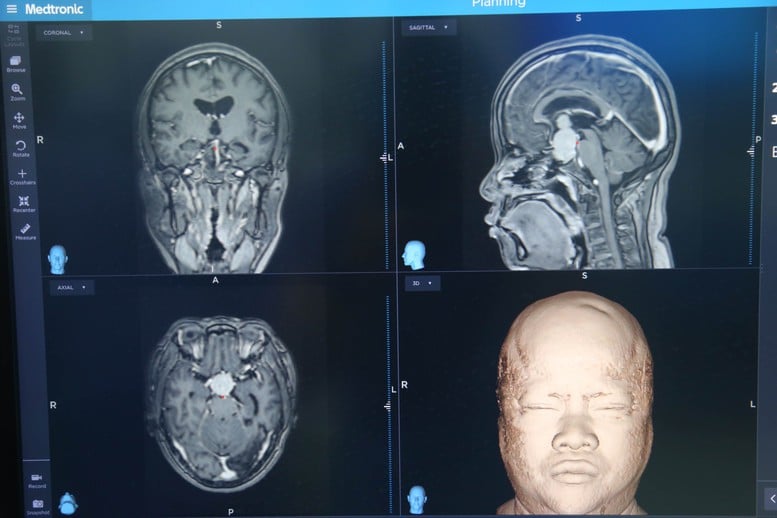
Image of giant pituitary tumor in patient - Photo: VGP/TM
More optimal options for patients
Currently, this combined method is the preferred choice for intervention in the treatment of giant pituitary adenomas (usually 4cm or larger in one dimension, or 10 cm3 or larger in volume), treatment of invasive tumors around the area, and cases of multiple recurrences.
According to Dr. Nguyen Duy Tuyen, the most difficult thing about this method is the harmonious, skillful, and rhythmic combination at the same time between the surgeons of the two surgical teams, including endoscopic nasal surgery and microsurgery of the skull.
"That is, one team will operate from the top of the skull down, and another team will operate endoscopically from the bottom of the nose up. Both teams must coordinate extremely smoothly and harmoniously," Dr. Nguyen Duy Tuyen shared.
Because of the combined surgery of 2 approaches, there must be 2 teams of experienced surgeons. To "build" a comprehensive team including both microsurgery and endoscopic surgery, we have to prepare very carefully from equipment to experienced human resources. With this method, it is not only the coordination between specialized teams but also the combination of 2 major surgical techniques at the same time.
However, when performing combined surgery using two approaches, the patient is at risk of cerebrospinal fluid leakage through the nose due to the two surgical incisions communicating with each other. Therefore, closing the surgical incision is very important. Removing the tumor while preserving the functions is also a special issue that needs to be anticipated, especially for large, highly invasive tumors.
The special thing is that when deployed in parallel, these two techniques complement each other extremely well. The blind spots that the endoscopic technique cannot see will be overcome by the transcranial microsurgery technique. Or in cases where the tumor spreads to the base of the skull, endoscopy is better than the microsurgery technique.
In the past, patients with giant cell pituitary tumors were treated with traditional methods. First, pituitary tumor surgery was performed through the skull. About 20 years ago, these patients began to undergo surgery through the nose (through the sphenoid sinus). Then, intraoperative positioning and endoscopic methods began to be used. However, endoscopic surgery through the nose is often suitable for small tumors located in the pituitary gland.
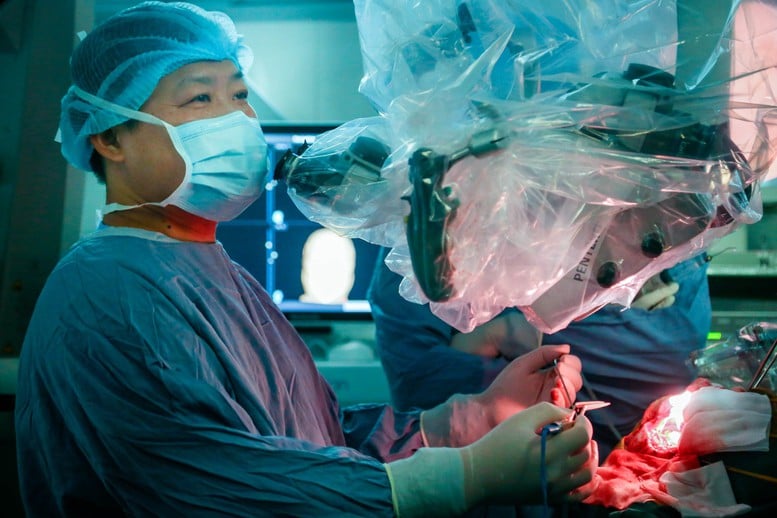
The perfect combination of two experienced surgical teams of Viet Duc Friendship Hospital - Photo: VGP/HM
Affirming the quality of Vietnamese healthcare reaching international standards
According to Dr. Nguyen Duy Tuyen, pituitary tumors are usually benign but often recur. This combination method has opened up new treatment opportunities for patients with giant pituitary tumors. The biggest advantage of this method is to reduce recurrence, reduce complications and significantly improve vision for patients.
Pituitary tumors are divided into two groups: secretory or non-secretory. For the secretory group, patients often detect the disease earlier due to hormonal changes. Patients have deformities and easily recognizable symptoms such as large limbs, spontaneous lactation, amenorrhea, etc.
With non-secretory tumors, meaning they do not secrete any hormones, the patient's body does not feel any changes. Patients only go to the doctor when they have blurred vision. This also explains why most patients with non-secretory pituitary tumors have giant tumors and patients often come to the hospital late.
To date, the cause of pituitary tumors is still unclear.
The successful combination of two major surgeries, likened to "two major surgeries" at the same time on a patient at Viet Duc Friendship Hospital, is further proof that the quality of Vietnam's medical human resources is increasingly specialized, methodical, and reaching international standards.
Hien Minh
Source: https://baochinhphu.vn/lan-dau-tien-cat-bo-u-tuyen-yen-bang-2-cuoc-dai-phau-cung-luc-102251029114143529.htm


![[Photo] Flooding on the right side of the gate, entrance to Hue Citadel](https://vphoto.vietnam.vn/thumb/1200x675/vietnam/resource/IMAGE/2025/10/28/1761660788143_ndo_br_gen-h-z7165069467254-74c71c36d0cb396744b678cec80552f0-2-jpg.webp)


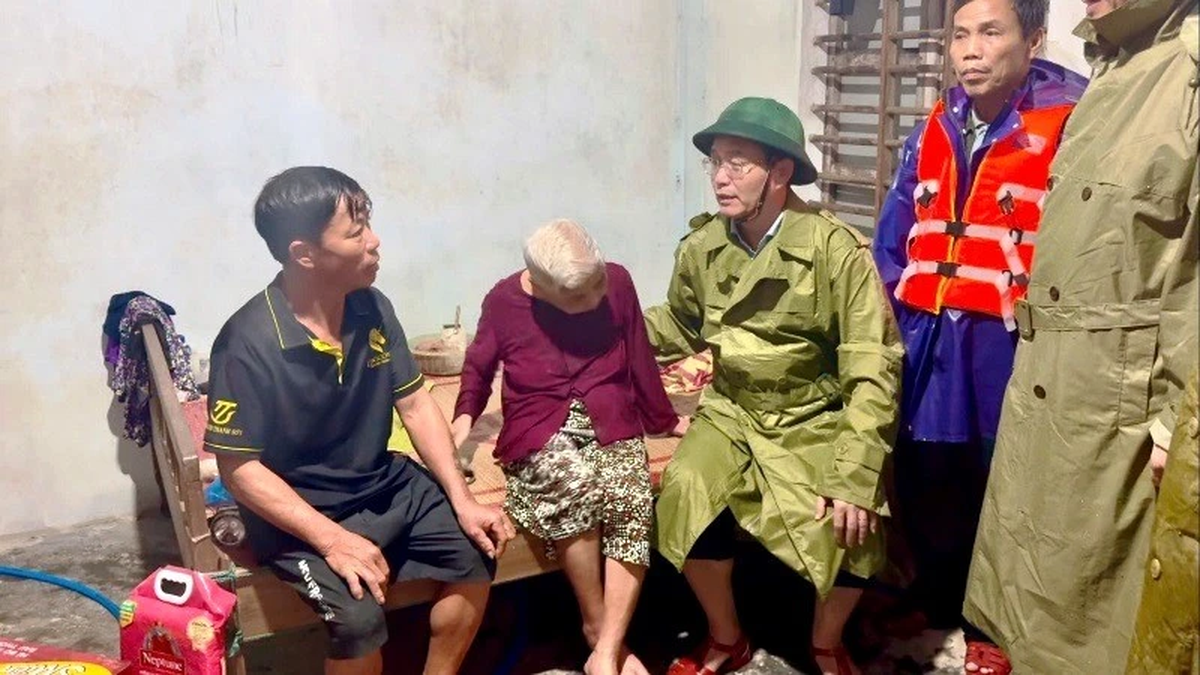
![[Photo] Prime Minister Pham Minh Chinh chaired a meeting to discuss solutions to overcome the consequences of floods in the central provinces.](https://vphoto.vietnam.vn/thumb/1200x675/vietnam/resource/IMAGE/2025/10/29/1761716305524_dsc-7735-jpg.webp)
![[Photo] Hue: Inside the kitchen that donates thousands of meals a day to people in flooded areas](https://vphoto.vietnam.vn/thumb/1200x675/vietnam/resource/IMAGE/2025/10/29/1761738508516_bepcomhue-jpg.webp)
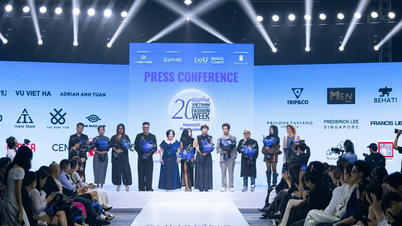







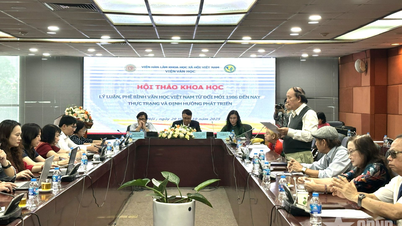






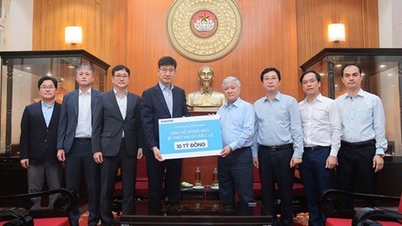








































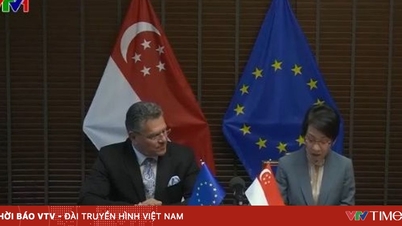
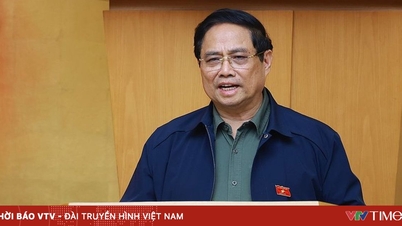
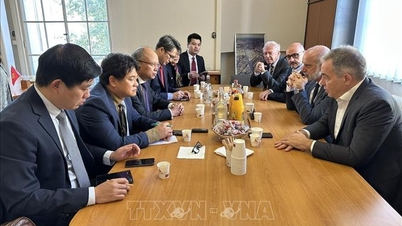

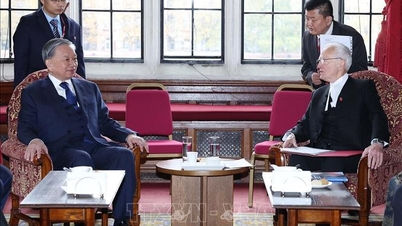
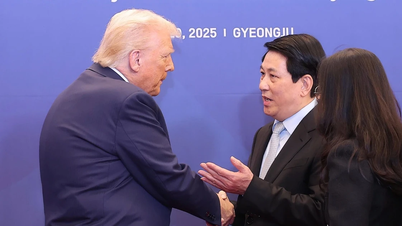


![[Live] Concert Ha Long 2025: "Heritage Spirit - Brightening the Future"](https://vphoto.vietnam.vn/thumb/402x226/vietnam/resource/IMAGE/2025/10/29/1761743605124_g-anh-sang-am-thanh-hoanh-trang-cua-chuong-trinh-mang-den-trai-nghiem-dang-nho-cho-du-khach-22450328-17617424836781829598445-93-0-733-1024-crop-1761742492749383512980.jpeg)
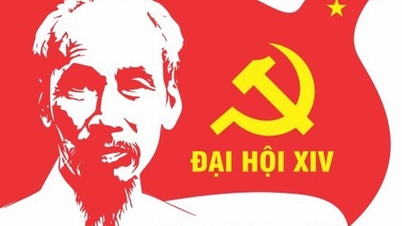
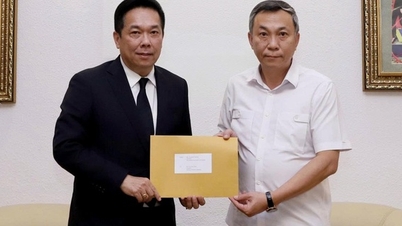

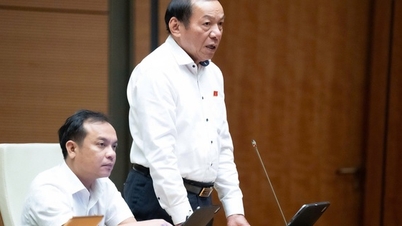
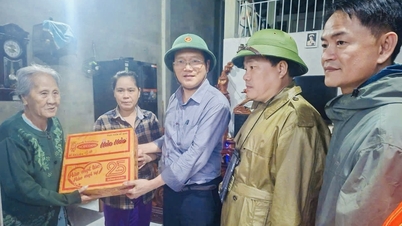

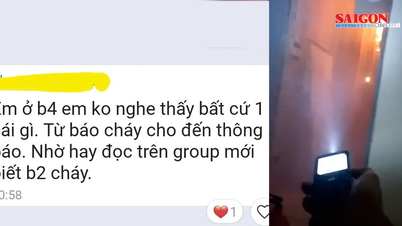

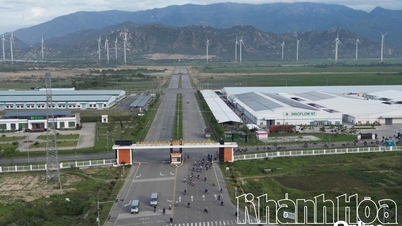

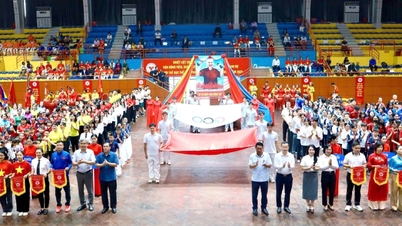
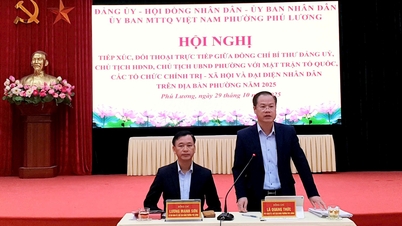
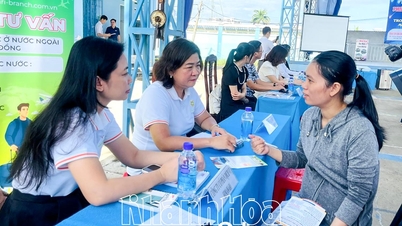















Comment (0)